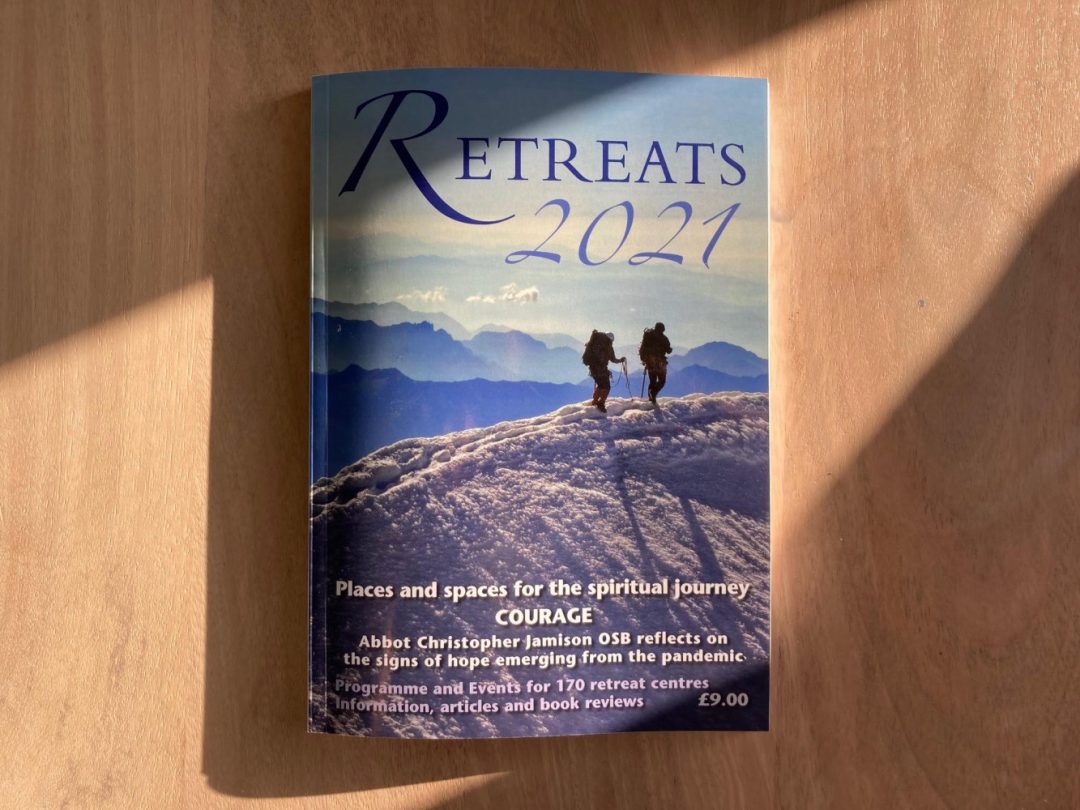News

Rebuilding the Ancient Walls
It was January with snow on the ground. The temperature dipped well below freezing as the sun dropped behind the trees. I stood among a group of pilgrims following the Stations of the Cross around the Birkenau Prison Camp. We were chilled to the bone, not just by the weather, but also by the horrors of the place, its deathly statistics and grim account of what human beings can do to each other. Our prayers ended with a question, ‘Now that you have seen this, how will you respond? What will you do with the rest of your life?’
Immediately, I remembered the groups of young people I had watched on their tours of the camp earlier in the day, and the answer that arose in me connected to them. I sensed a call to invest myself in the discipling of rising generations; a desire to see lives so deeply rooted in Christ that they might have the courage to withstand the onslaught of evil in whatever form it might take in the future.
Within a day of arriving home, I saw an advert; Leicester Diocese was looking for a Prior to lead a new monastic community for young adults. All this finally made sense of a conviction that had been quietly forming within me for a while … it was time for me to move on from my parish ministry and begin something new. That was three years ago, and the beginning of my involvement with the Community, but the story starts a long way further back.
In 1230 a band of Franciscans came to Leicester and established a Friary. The city still bears their legacy in several street names, though the Friary was destroyed at the Dissolution in 1538. In 2016 the diocese had the opportunity to buy the property that stood on the Greyfriars site. This coincided with the arrival of the new bishop, Martyn Snow, who carried a vision for establishing a new monastic community for young adults. To his surprise, he discovered a group already praying towards such a vision and – even more surprisingly perhaps – a diocesan finance committee willing to approve the purchase and refurbishment of the building. From the outset, the vision was to form a community focused on prayer, formation and vocation for young adults. It takes courage to name the priority of prayer and to invest so much in the forming of something new, untried and untested. I’m immensely grateful to be working in a diocese with such courageous leadership.
Founding a new community on the same site where the Grey Friars lived the monastic life for 300 years has always felt significant to me, as though we are rooted in the spiritual history of Leicester, building on a solid foundation of prayer and demonstrating that in God’s economy prayer is never wasted.
We’ve connected these reflections on our calling, with Isaiah’s prophetic words,
They will rebuild the ancient ruins
and restore the places long devastated. (Isaiah 61:4)
Throughout Church history, new monastic movements have arisen at times of upheaval and crisis, times when the Church is in need of renewal and re-imagination. I believe that we are living through such times again and God is at work to raise up new expressions of monastic life. We have shaped our midday office with liturgy to give voice to this prayer:
O Lord, rebuild the ancient walls your houses of prayer
O Lord, raise up a new generation who will seek your face
O Lord, revive your church
O Lord, rewire our human cultures
O Lord, restore the beauty of your creation.
Giving birth to any new work requires courage, the willingness to live with unpredictability, with birth pains and the vulnerability that goes with being ‘in process and not yet complete’. Our initial core group met fortnightly to explore charism, values, Rule and rhythm, a process that enabled us to build relationships and a shared culture. That sounds like the ideal, but in reality, it was an often messy process. One of the most helpful things was listening to the stories of other communities and we’re deeply grateful for the wisdom we received – ‘take your time go slowly’ was probably the best advice. Now we are three years down the track, we have clarity about our calling, a growing sense of ‘who we are’ and a Rule with practices that hold us together, but the process is very much one of ongoing learning and experimenting.
We also faced many practical challenges, but through it all we were sustained by a strong sense of God’s call. We have simply had to trust that God’s timing is different from ours and that the vision for the Community is beyond what we can yet imagine.
The charism of the Community is prayer and formation – we seek to live the abiding, loving, fruitful life described by Jesus in John 15 and we seek to offer a formational year in community for young adults exploring vocational questions – most of those who join us are engaged in some form of training for ministry. It raises the question: how does Christian formation take place? We are only one year into our residential experience, but the biggest learning to date is that our role is not primarily about input and teaching; it is much more about making space for God. We do this by keeping a rhythm of prayer and offering our Rule as a structure that supports growth. (We’ve started referring to our rhythm and Rule as ‘the drum and trellis’ – this seems to be sticking, perhaps because it sounds like such a good name for a pub!)
It takes courage to stay true to a rhythm of prayer and holding spaces open for listening and ‘being’ in a culture and church that often places young adults under huge pressure to perform and achieve. But, if the drum beats too loud and fast, it drowns out the voice of Love; if the vine is left unsupported without a trellis, it may grow fast, but it will eventually wither and bear little lasting fruit. Our hope and prayer is that a year of sharing life together in community will play a significant part in forming young women and men who are deeply rooted in Christ and courageous in his service, whatever the future brings.

